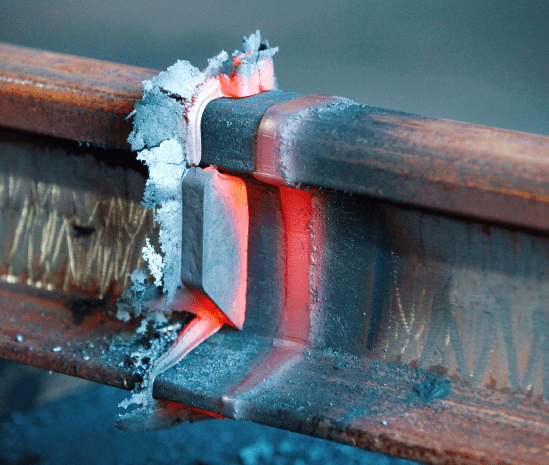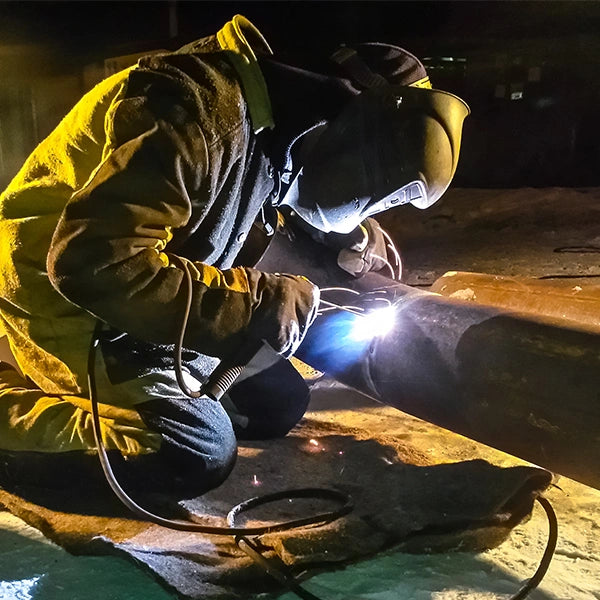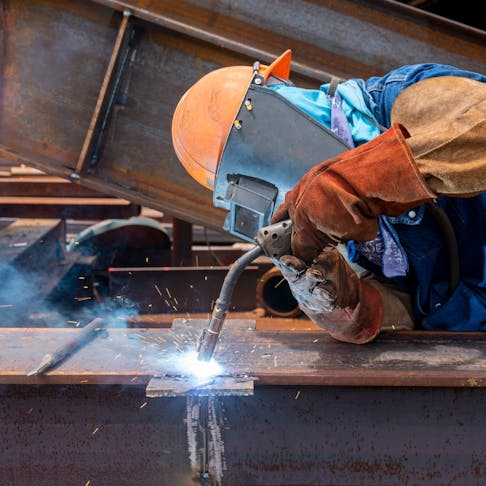Enhancing Your Welding WPS: Techniques for Improved Efficiency and Performance
Enhancing Your Welding WPS: Techniques for Improved Efficiency and Performance
Blog Article
Grasping Welding WPS Standards: Ideal Practices and Techniques for High Quality Welds
In the realm of welding, understanding Welding Treatment Spec (WPS) standards is an essential element that straight affects the quality and honesty of welds. Adhering to these criteria makes sure uniformity and dependability in welding outcomes. Nonetheless, attaining excellence in welds exceeds merely recognizing the criteria; it involves applying best techniques and techniques that raise the craft to a degree of accuracy and skill that distinguishes the average from the exceptional. As we browse through the ins and outs of welding WPS standards, revealing essential understandings and techniques for attaining top-tier welds will be extremely important for welders looking for to excel in their craft and generate welds that stand the test of time.
Understanding Welding WPS Specifications

Comprehending WPS standards is vital for designers, welders, and examiners involved in welding operations. By adhering to WPS standards, welders can produce welds that meet the needed mechanical homes and structural honesty. Examiners depend on WPS paperwork to confirm that welding procedures are being complied with properly which the resulting welds are of premium quality. Designers use WPS standards to develop welding procedures that ensure the toughness and dependability of welded frameworks.


Important Tools for Top Quality Welds
Understanding welding WPS requirements is necessary for welders to successfully use the necessary devices needed for generating top quality welds. Among the most essential tools for high quality welds is a welding maker. The type of welding device needed depends upon the welding process being used, such as MIG, TIG, or stick welding. Welding helmets are likewise essential to protect the welder's eyes and face from triggers, warm, and UV radiation. Additionally, welding handwear covers made from resilient and heat-resistant materials protect the hands from burns and injuries. Magnets and clamps assist hold the workpieces with each other safely during the welding procedure, guaranteeing accurate and exact welds. Cable brushes and cracking hammers are necessary for cleaning up the weld joint prior to and after welding to remove any kind of impurities that can impact the quality of the weld. Last but not least, a determining tape and angle grinder serve tools for ensuring appropriate alignment and preparing the work surfaces for welding.
Key Techniques for Welding Success
To attain welding success, one have to master the key methods crucial for creating high-grade welds. One important strategy is preserving the right arc length. Keeping the electrode at the optimum range from the workpiece is important for developing solid, uniform welds. official site Furthermore, managing the traveling rate is vital. Relocating also quickly can result in inadequate infiltration, while relocating also slowly can result in extreme warm input and possible issues. Proper manipulation of the electrode angle is one more crucial strategy. The angle at which the electrode is held can influence the grain shape and penetration of the weld. Additionally, making sure constant gun angle and instructions of travel is vital for uniformity in the weld grain. Finally, keeping a steady hand and a stable welding position throughout the process is essential to achieving precision and consistency in the welds. By mastering these vital methods, welders can raise the top quality of their job and achieve welding success.
Ensuring Compliance With WPS Criteria

Furthermore, maintaining in-depth records of welding parameters, equipment calibration, and assessment outcomes is important for demonstrating compliance with WPS criteria. By carefully sticking to WPS standards, welders can make certain that their job satisfies the needed high quality levels and contributes to the total success of the welding job.
Troubleshooting Common Welding Issues
When encountered with typical welding problems, determining the origin is crucial for efficient troubleshooting. One widespread problem is the presence of porosity in welds, commonly triggered by contaminants such as corrosion, oil, or dampness. To address this, guaranteeing correct cleaning of the base steel prior to welding and making use of the appropriate shielding gas can substantially reduce porosity. Another issue regularly encountered is absence of combination, where the weld falls short to correctly bond with the base product. This can originate from inadequate warmth input or incorrect welding go method. Changing specifications such as voltage, wire feed speed, or take a trip rate can help boost blend. Furthermore, distortion, fracturing, and spatter are typical welding challenges that can be alleviated with proper joint prep work, consistent heat control, and choosing the ideal welding consumables. By thoroughly recognizing these typical welding problems and their origin, welders can properly repair issues and attain top quality welds.
Verdict
To conclude, mastering welding WPS standards requires a comprehensive understanding of the guidelines, using important tools, and implementing key strategies for effective welds. Guaranteeing compliance with WPS standards is essential for producing quality welds and staying clear of common welding problems. By complying with best practices and techniques, welders can attain constant and reputable results in their welding projects.
In the world of welding, grasping Welding Procedure Specification (WPS) criteria is an essential element that directly influences the top quality and stability of welds.When delving into the world of welding methods, a vital element to comprehend is the importance and intricacies of Welding Treatment Spec (WPS) standards. WPS criteria give an in-depth guideline for welding procedures, making sure consistency, top quality, and security in the welding process. The kind of welding machine required depends on the welding process being made use of, such as MIG, TIG, or stick welding.Attaining welding success with the mastery of crucial techniques demands a complete understanding and adherence to Welding Procedure Specification (WPS) standards.
Report this page